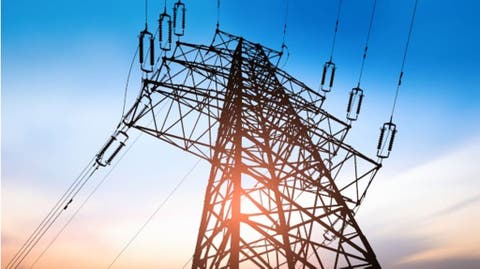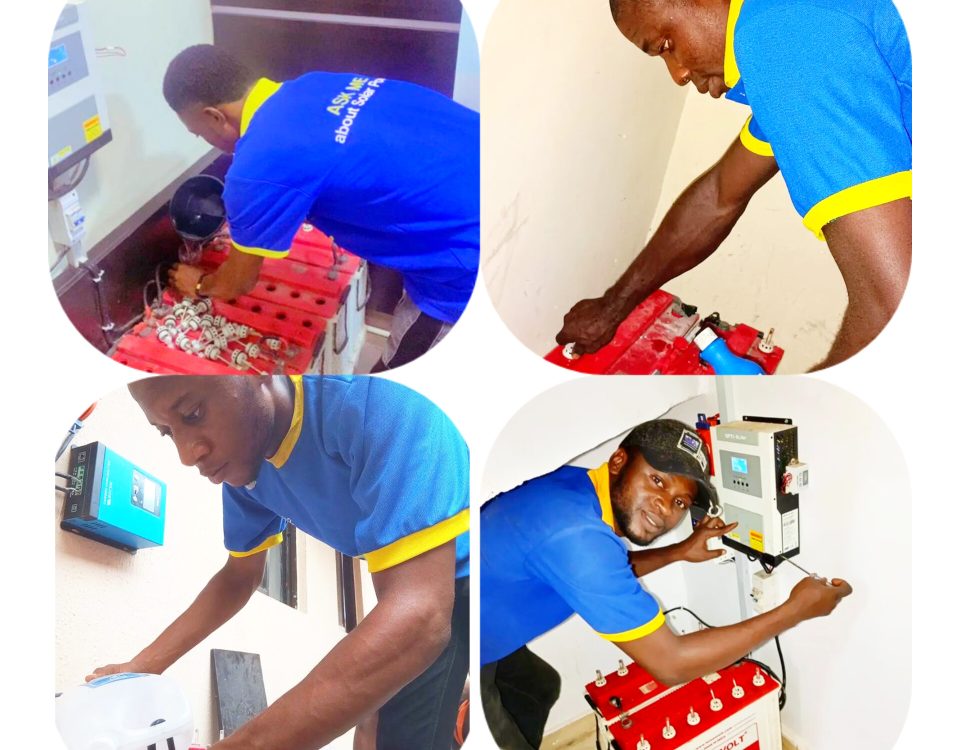Bridging the Electricity Gap in Nigeria

Why You Should Care About the Environmental Benefits of Solar
2020-08-01
Why Millions Are Still Living Without Electricity
2020-08-06Many Nigerians have come to the conclusion that inadequate electricity supply in the country is one of the factors inhibiting national growth. Moreso is the fact that electricity is vital to most, if not all, modern development sectors and routes.
Successive governments have made efforts to bridge the power gap, especially given the resources available in the country.
One of such interventions was in 2005 when the Federal Government set up the Niger Delta Power Holding Company Limited (NDPHC) to fast-track power sector infrastructure development.
The company was handed a mandate to manage the power projects under the National Integrated Power Projects (NIPP) scheme of the three-tiers of government.
It was meant as an emergency intervention scheme to tackle the deficit and expand power sector infrastructure.
The NDPHC was given marching orders to develop 10 power plants with a capacity of 5,067MW, 102 transmission lines and substations projects and over 291 distribution-injection substations and gas infrastructure with over 22,000 completely self protected transformers among other critical projects.
So far, the company has completed about 4,015MW of the designed capacity, representing about 80% of this mandate and has also made remarkable input in transmission, distribution and gas infrastructure.
Generation
In power generation, eight of the 10 power plants in the NIPP portfolio, along with associated gas transmission metering/receiving infrastructure projects to support commercial operation, have been commissioned and connected to the national grid contributing over 22,000,000kWhr of energy daily subject to availability of gas.
The NDPHC has continued to operate these power plants in the interest of the Nigerian economy, despite security challenges and an accumulated debt owed it by the electricity market.
Completed power plants include 750MW Olorunsogo II; 450MW (Ogorode) Sapele; 434MW Geregu II; 450MW Omotosho II; 450MW Ihovbor; 450MW Alaoji; 563MW Calabar and 225MW Gbarain.
Imminently completed ones include 225MW Omoku; 338MW Egbema and 530MW Alaoji steam machines that would wrap up the total available capacity of the plants to 1, 774MW on full completion.
Many of the NIPP power plants on the national grid also provide ancillary services like spinning reserve to support the system operations, a contribution critical for stabilizing the national grid.
Transmission
The NDPHC has completed 2,194km of 330kV transmission lines and 809km of 132kV transmission lines.
This represents an increase of 46% and 13% respectively over the pre-NIPP status of grid infrastructure.
A total of 10 new 330/132kV substations and seven new 132/33kV substations have also been completed with several other existing substations significantly expanded thereby adding 5,590MVA and 3,313MVA capacity to the national grid.
NIPP contributions to the transmission grid system have transformed the hitherto radial 330kV/132kV grid into a more robust grid system with significant provision of alternative power flow routes which now serve as redundancies and which has resulted in a more reliable and stable Nigerian grid.
Of note in these respects are the commissioning of the over 220km long 330kV Double Circuit (DC) lines providing alternative thermal power into Abuja and the FCT from Geregu, through a new Lokoja substation, a new Gwagwalada substation into the existing TCN Katampe and Apo substations with several significant expansion works on existing substation developments along this route.
Another is the remarkable 330kV transmission backbone that provides several 330kV DC transmission line spurs from power plant zones in Calabar, Alaoji, Afam and Ikot Abasi into a switching hub at Ikot Ekpene.
From this hub, long DC lines emanate to flow power from these southern-based power generation centres to Jos and the far North-East through Ugwuaji and Makurdi in Enugu and Benue states.
With the commissioning of about 95% of this grid backbone in November 2016, the Nigerian Transmission Grid bid a firmand final goodbye to the radial grid era and entered into a new hitherto unattainable level of grid security, reliability and stability that has seemed elusive since the commencement of Nigerian grid operations in 1969.
The completion of majority of the balance of works on this grid backbone is fast going on and scheduled to be completed by the end of 2017.
The statistics of NIPP contribution to overall transmission system growth, and reliability with improvements in transformation capacity, is progressively increasing each day as the balance of NIPP Transmission projects are being delivered.
The company invested in critical transmission and distribution infrastructure needed to evacuate the electricity generated into the national grid and distribute the same to end-users.
The projects NDPHC has executed in that regard include the expansion of 36 Transmission Company of Nigeria’s 330kV and 132kV substations across the country; and the construction of: 1,635Km of 330kv Double Circuit lines; 720km of 132kV Double Circuit lines; 10 new 330kV substations; Seven new 132Kv substations; 6,150MVA of 330/132kv transformation capacity; 2,800MVA of 132/33kV transformation capacity; and the provision of over 25,000 complete self-protection (CSP) transformers.
In November, last year, then-Minister of Power, Works and Housing commissioned the 12-circuit Ikot-Ekpene 330KVA Switching Station and the associated transmissions lines with a total of about 285KM completed by the NDPHC management.
These projects are now assisting in evacuating into the national grid, electricity hitherto stranded in the Eastern Delta.
There was also the commissioning of 330KV Switching Station at Ikot-Ekpene, on Monday, November 21, 2016.
Distribution
The final lap of the electricity chain is the distribution of power to end users.
So, in the electricity distribution segment, NDPHC has constructed and commissioned over 350 injection substations with a combined capacity of 3,540MW across the length and breadth of Nigeria.
NDPHC has further constructed a total of 2,600km of 11kV and 1,700km of 33kV distribution lines for improving access to electricity and quality of power supply to consumers.
The nation’s distribution capacity has also been enhanced by the installation of 25,900 completely self-protected (CSP) transformers all over the country thereby significantly reducing technical losses. Under the NIPP program, the capacity of 33/0.415kV and 11/0.415kV has been increased by 26%. The NIPP is designed to increase the number of 33/0.415kV & 11/0.415kV substations by 163% all the projects are nearing completion.
These achievements and contributions to the nation’s power sector undoubtedly put the NDPHC in good stead to continue to power Nigeria’s quest for overall national development.
These have proved that the idea behind the establishment of the Company 15 years ago has been worth it. It is only hoped that the current and future management will not rest on its oars but continue to fulfil the mandate of NDPHC as Nigerians look up to it for more successes.
Read more:https://bit.ly/3kd0Gk0




